

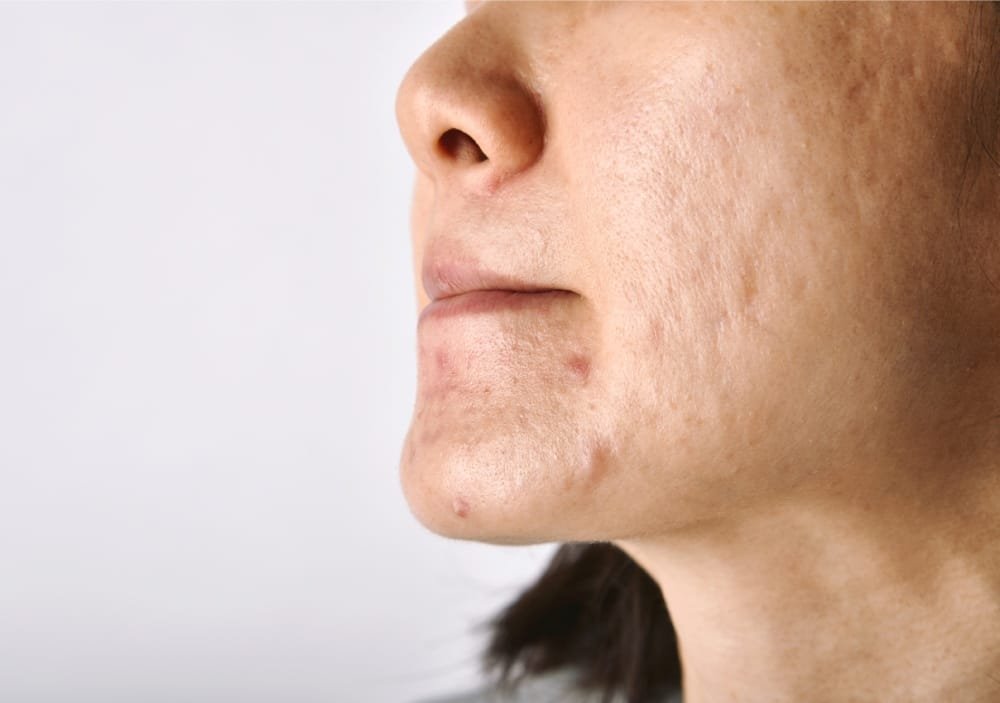
Acne scars can be more than just a skin concern, they can impact self‑confidence and affect how comfortable you feel in your own skin. Many people search for effective acne treatment options without fully understanding what causes these scars in the first place. By learning how scars form and the treatments available, you can take the right steps toward clearer, smoother skin.
This guide explains why acne scars develop, what types there are, and how modern dermatology, such as the personalized care available at Klarity, can help treat them effectively.
Acne scars form as part of the skin’s natural healing process. When severe acne penetrates deeply into the skin, it damages both the skin tissue and the underlying collagen fibers. As the body repairs this damage, it produces new collagen. If too little collagen is formed, the skin can sink and create a depressed scar. If too much collagen is produced, a raised scar may appear.
Several factors influence whether acne leaves scars:
- Intensity of acne: Deep, large pimples or swollen spots are more likely to leave scars than mild whiteheads or blackheads.
- Delayed treatment: Leaving acne untreated for too long can increase the risk of scarring.
- Skin type and genetics: Some people are naturally more likely to develop scarring due to genetic factors.
- Picking or squeezing pimples: This can push bacteria deeper and worsen skin damage.
In short, not all acne turns into scars, but when inflammation runs deep and healing is disrupted, scars can form.
Understanding What Causes Acne Scars
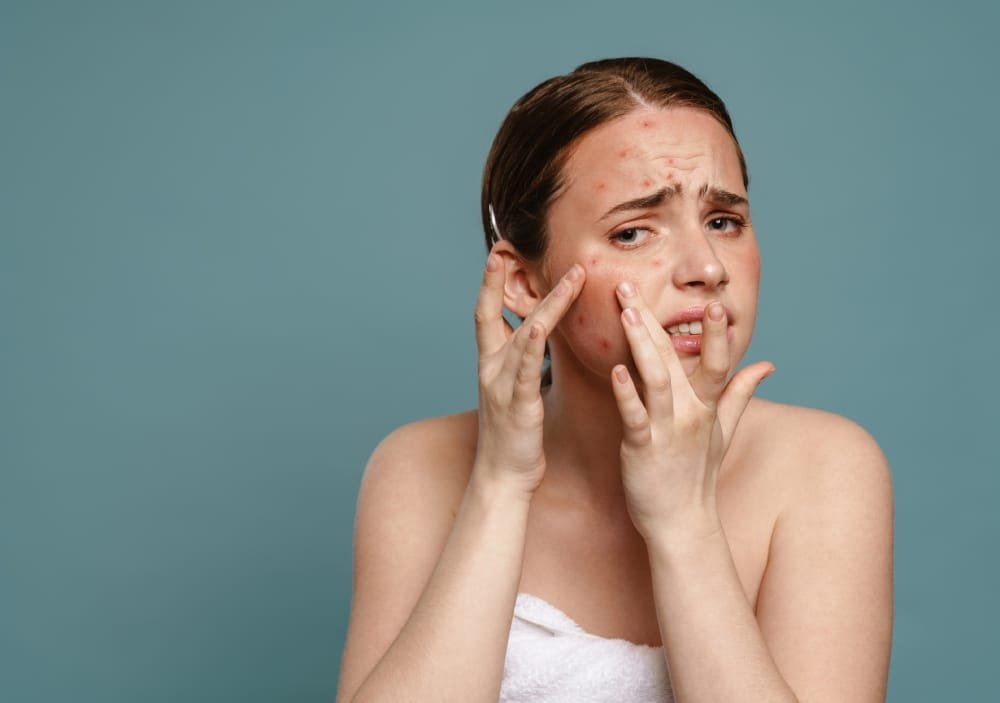
Types of Acne Scars
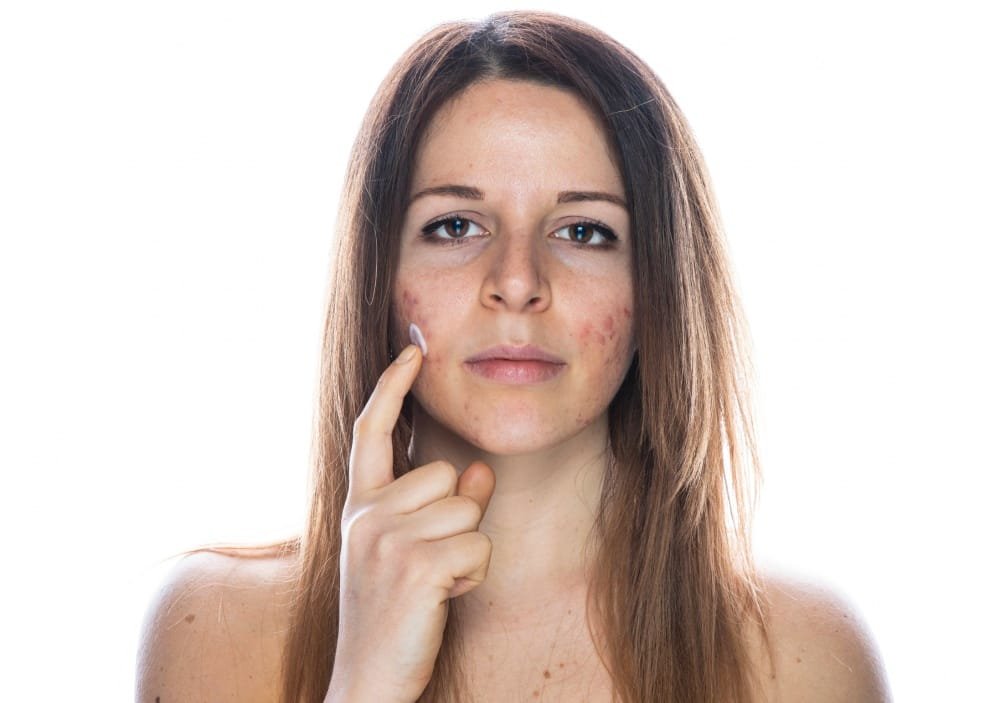
Not all acne scars look the same. Understanding the type of scar is important because the right acne treatment depends on the specific scar type.
- Atrophic scars: These are the most common and appear as small indentations in the skin.
- Ice pick scars: Deep, narrow scars that look like tiny holes.
- Box scars: Broad indentations with sharp edges.
- Rolling scars: Wave‑like indentations caused by tethered skin tissue.
- Hypertrophic scars: Raised scars that result from too much collagen during healing.
- Post‑inflammatory hyperpigmentation (PIH): Dark spots left after acne has healed. While technically not a scar, PIH can still affect skin tone and confidence.
Yes, acne scars can be prevented by proactively managing acne and taking steps to minimize skin damage. You can significantly lower the risk by:
- Treating acne early with appropriate skincare or medical guidance.
- Avoiding picking, popping, or squeezing pimples.
- Using sun protection daily, as UV exposure can worsen discoloration.
- Following a consistent skincare routine that supports healing.
Early and effective acne treatment can make a big difference in reducing scar formation.
Can Acne Scars Be Prevented?
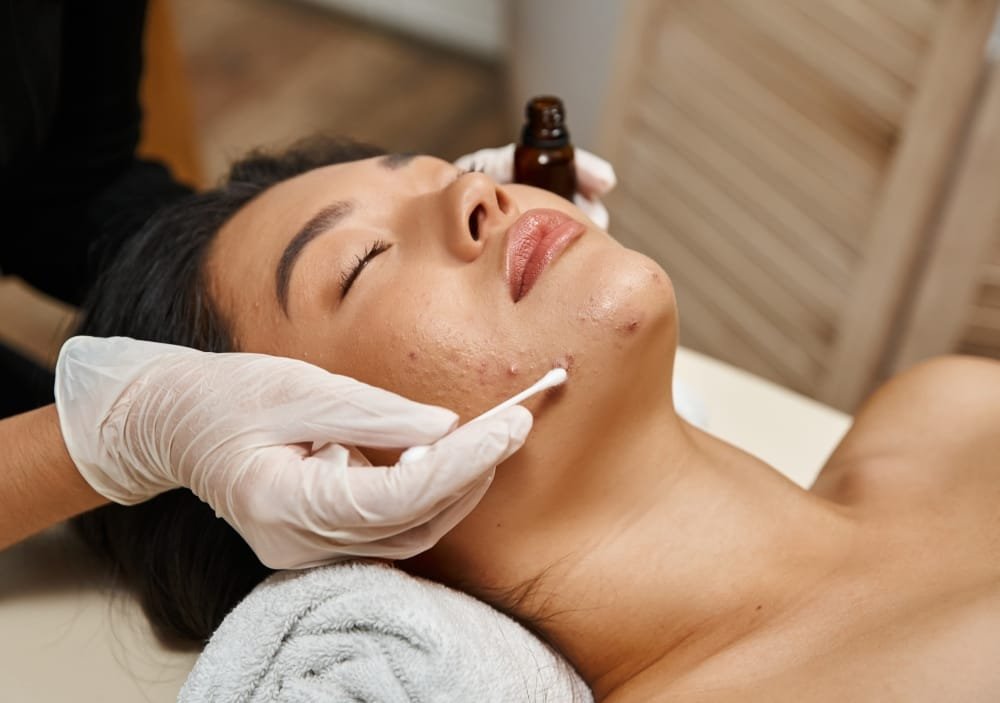
Effective Treatments for Acne Scars
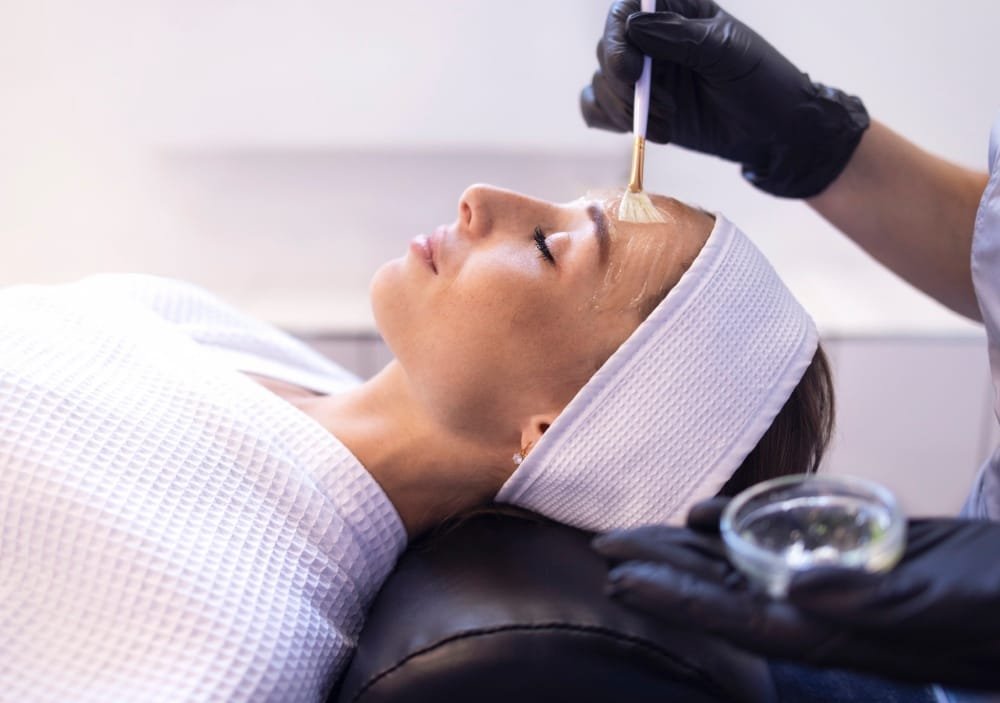
Treating acne scars is not the same for everyone. The right approach depends on the type, depth, and severity of the scars, as well as skin type and individual needs. At Klarity, we offer a range of scientifically backed treatments to restore smoother, healthier skin.
- Chemical Peels
Chemical peels use carefully applied solutions to exfoliate the outer skin layers, encouraging new, smoother skin to grow. They can help improve mild scars and pigmentation issues. - Microneedling
Microneedling uses fine needles to create controlled micro‑injuries in the skin, stimulating natural collagen production. It is particularly effective for rolling scars and shallow box scars, improving skin texture and firmness over time. - Microneedling Radiofrequency (MNRF)
MNRF builds on traditional microneedling by adding radiofrequency energy, which penetrates deeper layers of the skin. This not only boosts collagen remodeling but also tightens the skin and improves more stubborn or deep acne scars, making it especially effective for resistant rolling and box scars. - Laser Treatments
Fractional laser treatments target scar tissue with precise energy, promoting collagen remodeling and skin renewal. This is one of the most advanced options for improving scar texture. - Dermal Fillers
For deep atrophic scars, fillers can temporarily raise indented areas, making the skin look smoother. - Subcision
This minor procedure involves releasing fibrous bands under the skin that cause rolling scars, allowing the skin surface to lift naturally. - Topical Treatments
Prescription creams, vitamin A–based treatments, and brightening solutions can gradually improve uneven skin tone and reduce the appearance of mild scars over time.
Klarity focuses on personalized care, tailoring acne treatment plans to each patient’s needs. Our approach often begins with a detailed consultation to identify the scar types, skin condition, and overall goals.
Depending on the findings, Klarity recommend a combination of treatments:
- Professional‑grade chemical peels to refresh skin texture.
- Microneedling or laser sessions to stimulate collagen production.
- Subcision and fillers for deeper scars held down under the skin.
- Custom aftercare plans to maintain results and prevent new scarring.
By combining advanced techniques with careful follow‑up, Klarity helps patients achieve visible, long‑lasting improvement.
How Klarity Treats Acne Scars
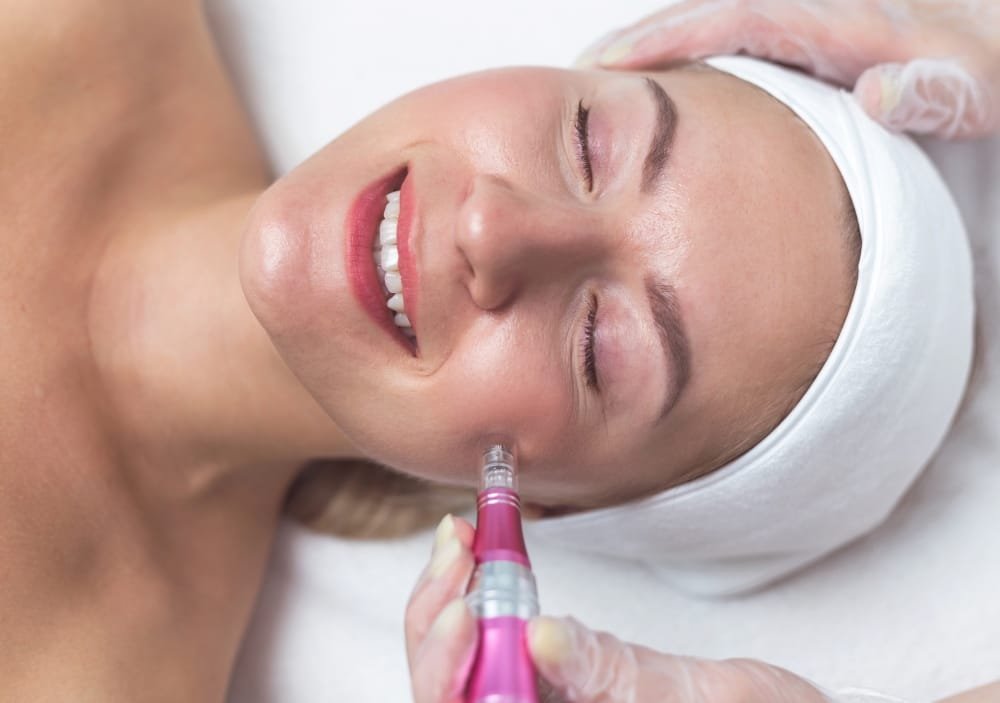
What to Expect from Treatment
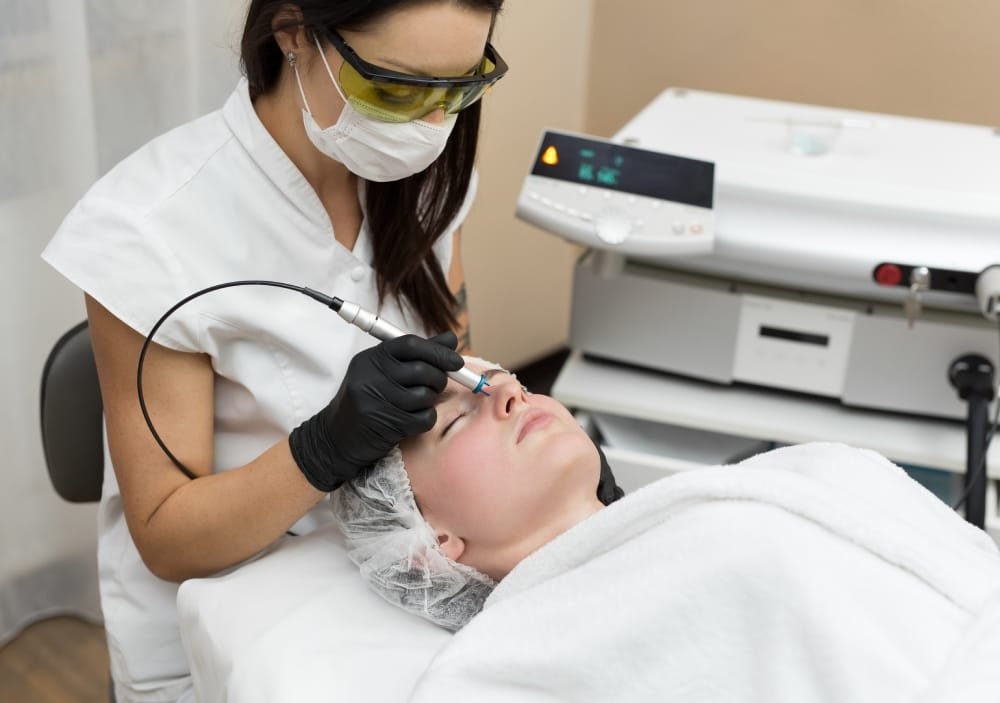
One of the most common questions is, “How soon will I see results?” Improvement timelines vary depending on the severity of scars, treatment type, and how well the skin responds.
- Chemical peels may show smoother skin after a few weeks.
- Microneedling and laser treatments typically require multiple sessions spaced several weeks apart, with gradual improvement over months.
- Fillers provide immediate but temporary results.
Consistency and patience are key, skin remodeling takes time. Klarity’s specialists guide patients through the process, ensuring realistic expectations and supportive care at every stage.
Treating scars is only part of the journey. Preventing future acne and supporting healthy skin are just as important.
- Follow a gentle skincare routine suited to your skin type.
- Keep acne under control with recommended products or treatments.
- Use sunscreen daily to protect treated skin from sun damage.
- Stay hydrated and maintain a healthy lifestyle for better skin health.
Maintaining Clearer Skin After Treatment
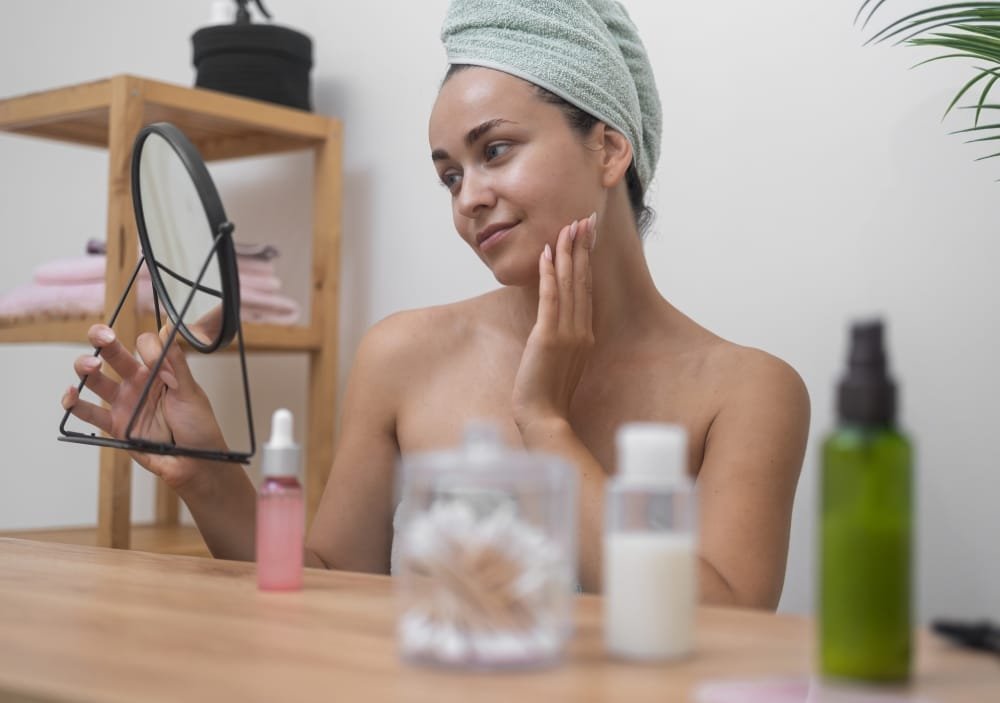
Final Thoughts

Acne scars can be challenging, but they are not permanent. Understanding their causes, recognizing the different types, and seeking the right acne treatment can transform skin texture and restore confidence.
Whether your scars are mild or severe, Klarity’s modern treatments can create a noticeable transformation. With personalized care, advanced technology, and expert guidance, smoother, healthier skin is possible.
Talk to Experts


